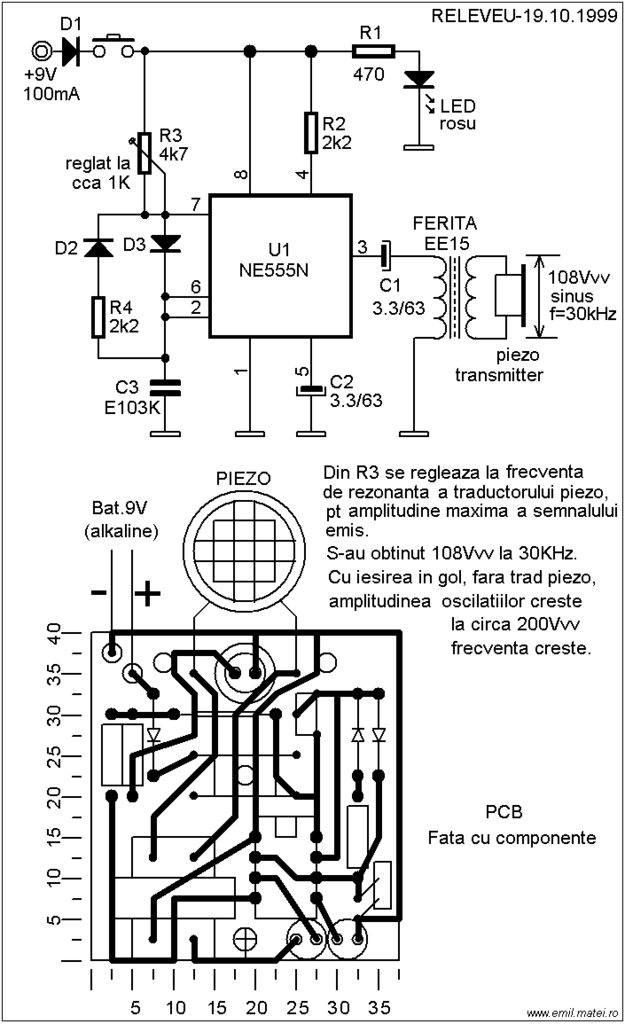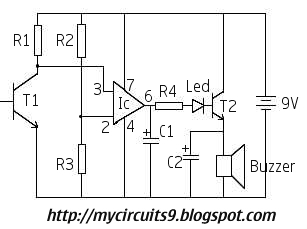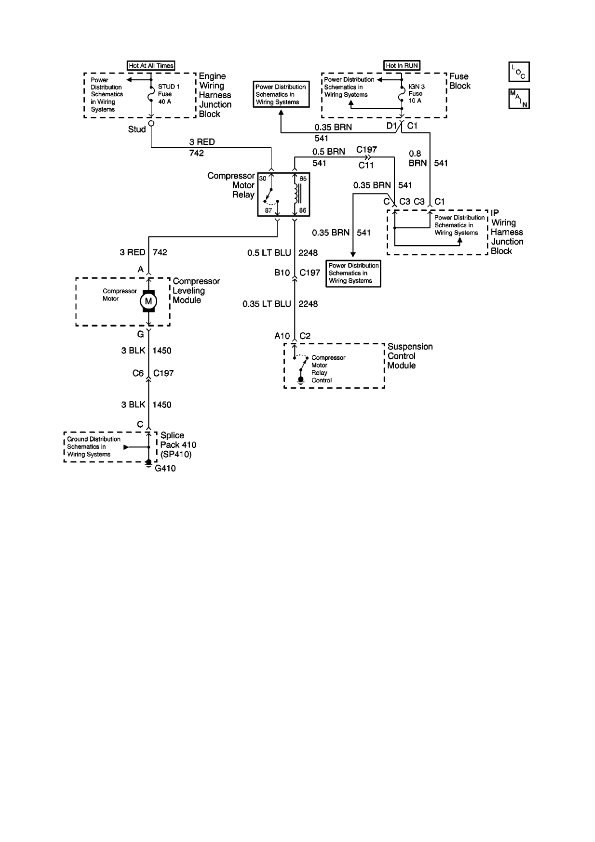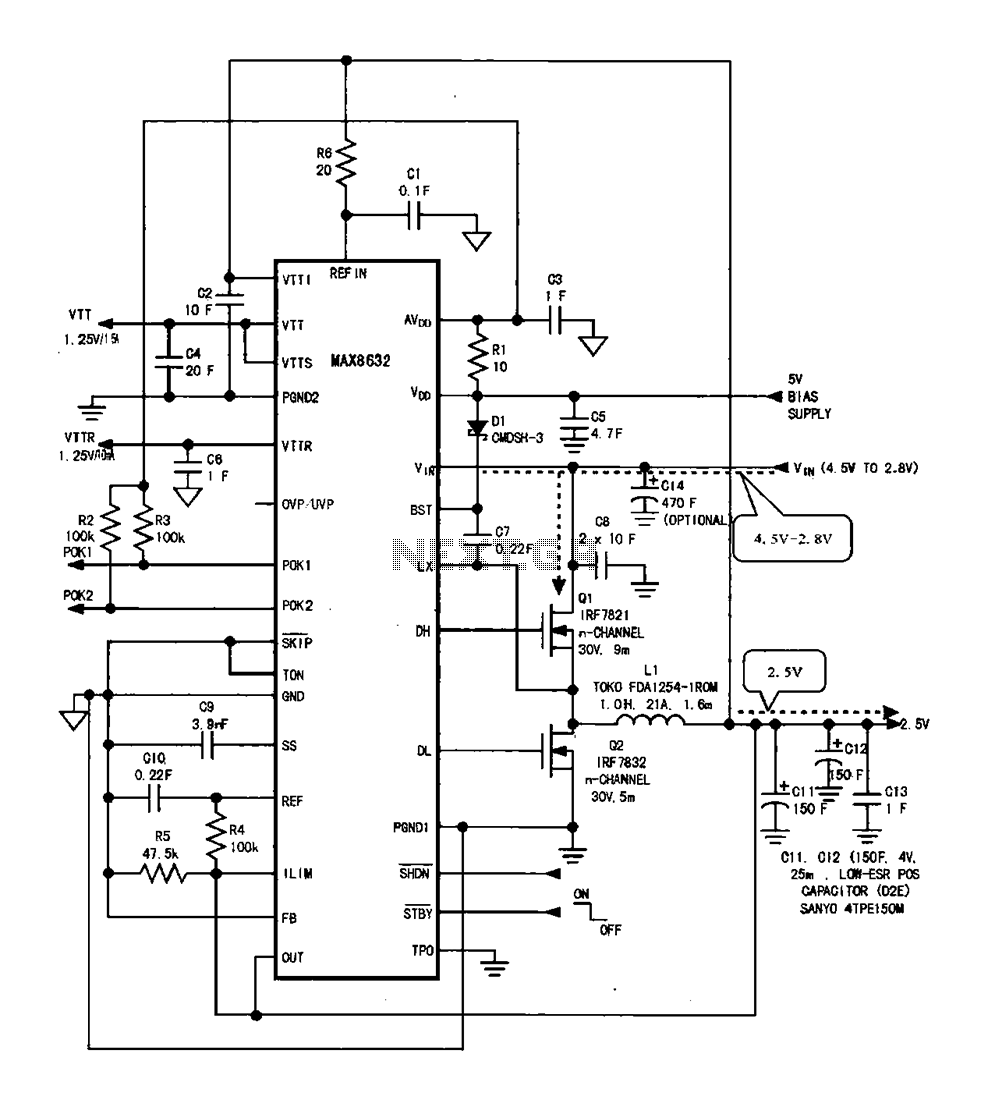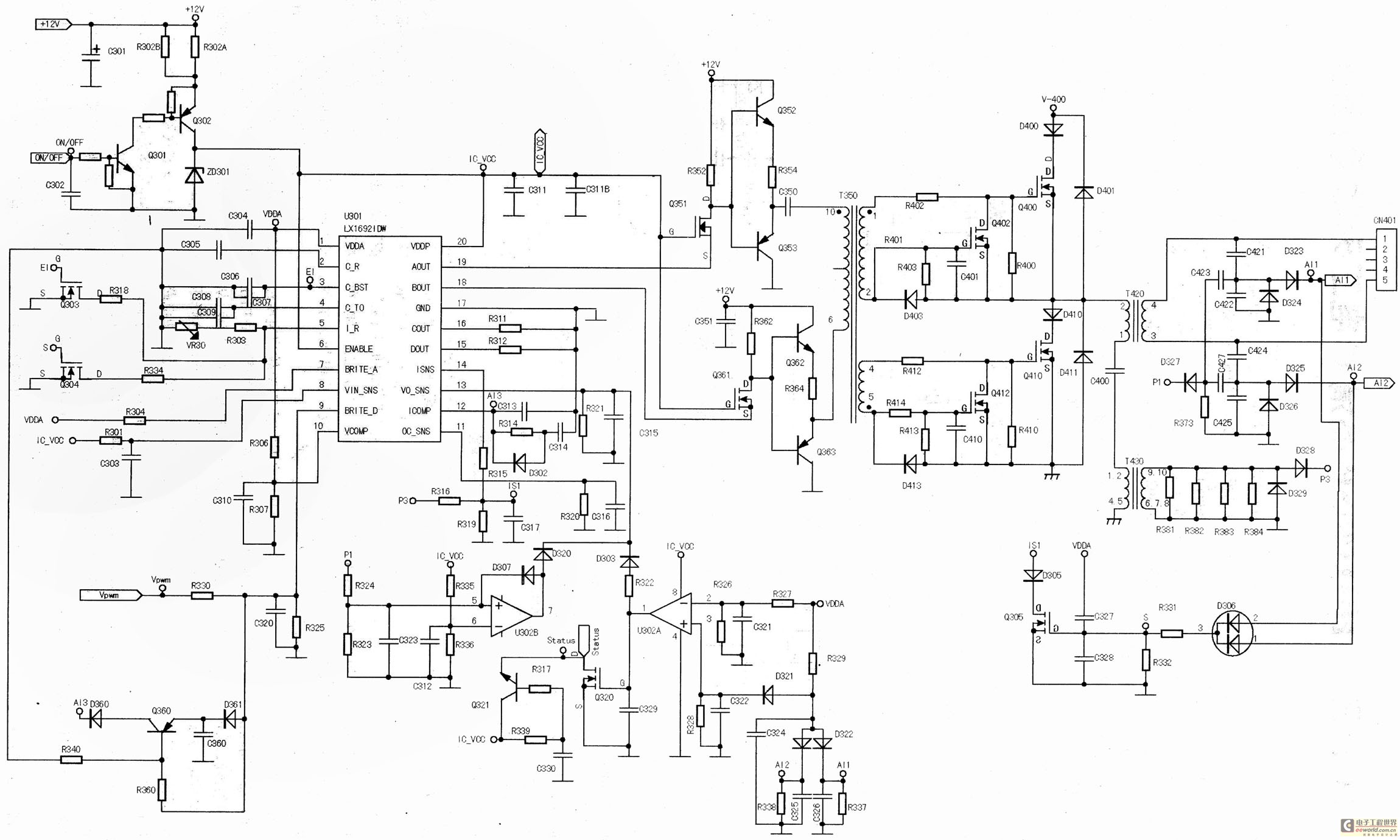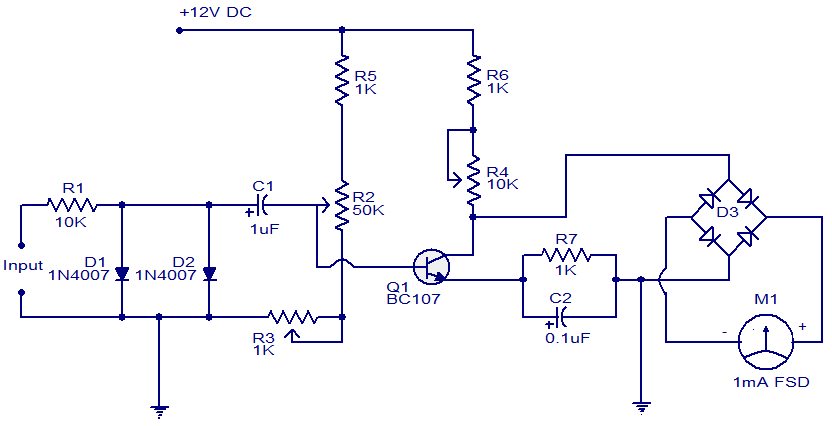
Circuit Audio Stereo power amplifier LM4755 11W with Mute
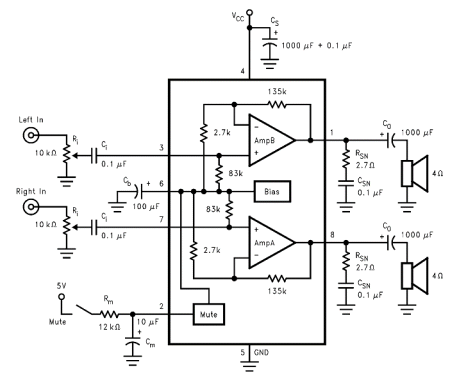
The internal mute circuit and pre-set gain resistors provide a cost-effective design solution. Output power specifications at both 20V and 24V supplies, along with a low external component count, offer significant value to consumer electronic manufacturers for stereo TV and compact stereo applications. The LM4755 is specifically designed for.
The LM4755 is a dual power amplifier integrated circuit that is optimized for high-performance audio applications, particularly in consumer electronics such as stereo televisions and compact stereo systems. The internal mute circuit allows for seamless audio control, enabling the user to silence the output without introducing audible clicks or pops, which enhances the overall user experience.
The pre-set gain resistors are integral to the design, allowing for a fixed gain that simplifies the circuit design and minimizes the need for external components. This feature not only reduces the overall bill of materials but also streamlines the manufacturing process, making it an attractive option for manufacturers aiming to optimize production costs.
With the capability to operate on both 20V and 24V power supplies, the LM4755 is versatile enough to meet a range of design requirements. The output power specifications ensure that the amplifier can deliver high-quality audio performance, providing sufficient power for driving speakers in various applications without distortion.
The low external component count is particularly beneficial in compact designs, where space is at a premium. By minimizing the number of additional components required, the LM4755 facilitates a more straightforward layout on printed circuit boards, helping to reduce assembly time and improve reliability.
In summary, the LM4755 is an efficient solution for audio amplification in consumer electronics, combining essential features such as an internal mute circuit, pre-set gain resistors, and compatibility with standard power supply voltages, all while maintaining a low component count to enhance manufacturability and cost-effectiveness.The internal mute circuit and pre-set gain resistors provide for a very economical design solution. Output power specifications at both 20V and 24V supplies and low external component count offer high value to consumer electronic manufacturers for stereo TV and compact s tereo applications. The LM4755 is specifically designed for 🔗 External reference
The LM4755 is a dual power amplifier integrated circuit that is optimized for high-performance audio applications, particularly in consumer electronics such as stereo televisions and compact stereo systems. The internal mute circuit allows for seamless audio control, enabling the user to silence the output without introducing audible clicks or pops, which enhances the overall user experience.
The pre-set gain resistors are integral to the design, allowing for a fixed gain that simplifies the circuit design and minimizes the need for external components. This feature not only reduces the overall bill of materials but also streamlines the manufacturing process, making it an attractive option for manufacturers aiming to optimize production costs.
With the capability to operate on both 20V and 24V power supplies, the LM4755 is versatile enough to meet a range of design requirements. The output power specifications ensure that the amplifier can deliver high-quality audio performance, providing sufficient power for driving speakers in various applications without distortion.
The low external component count is particularly beneficial in compact designs, where space is at a premium. By minimizing the number of additional components required, the LM4755 facilitates a more straightforward layout on printed circuit boards, helping to reduce assembly time and improve reliability.
In summary, the LM4755 is an efficient solution for audio amplification in consumer electronics, combining essential features such as an internal mute circuit, pre-set gain resistors, and compatibility with standard power supply voltages, all while maintaining a low component count to enhance manufacturability and cost-effectiveness.The internal mute circuit and pre-set gain resistors provide for a very economical design solution. Output power specifications at both 20V and 24V supplies and low external component count offer high value to consumer electronic manufacturers for stereo TV and compact s tereo applications. The LM4755 is specifically designed for 🔗 External reference
